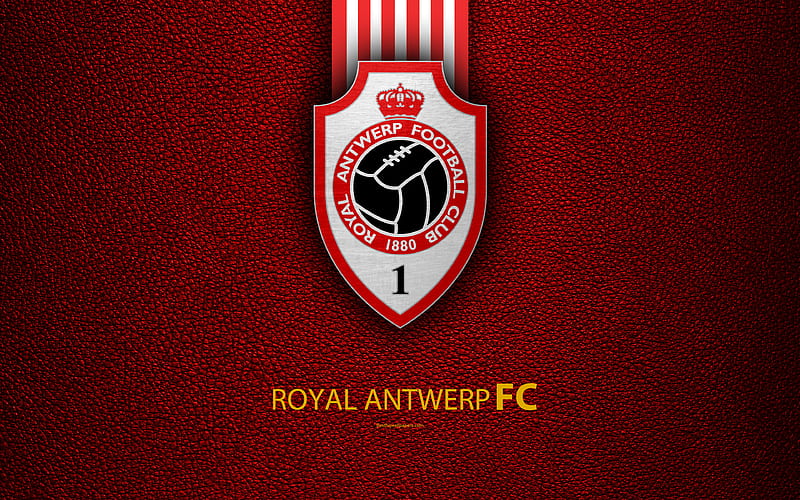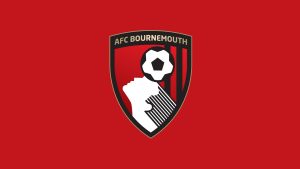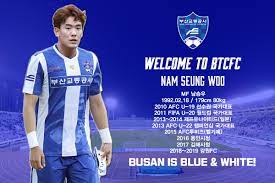
Royal Antwerp FC
Royal Antwerp FC is more than just a football club; it embodies a rich history, passionate fan base, and an enduring legacy within Belgian sports culture. Renowned as Belgium’s oldest football team, Royal Antwerp FC stands as a symbol of resilience, tradition, and local pride. From its origins in the early 20th century to its modern resurgence, the club continues to captivate football enthusiasts and contribute significantly to Belgium’s sporting landscape.
In this comprehensive exploration, we delve into the fascinating world of Royal Antwerp FC, examining its historical roots, cultural significance, tactical evolution, and future prospects. Whether you’re a seasoned supporter or a curious newcomer, this article aims to provide an in-depth understanding of why Royal Antwerp FC remains Belgium’s premier football club.
The Historical Roots and Evolution of Royal Antwerp FC
Understanding the story of Royal Antwerp FC requires a journey through time, tracing its humble beginnings to its current stature as a formidable force in Belgian football. Established over a century ago, the club’s history is intertwined with social, political, and sporting developments that have shaped its identity GOOD88.
The Founding Years and Early Development
Royal Antwerp FC was founded on August 27, 1880, making it the oldest existing football club in Belgium. Originally established by members of the Antwerp maritime community and students, the club’s earliest years were marked by amateur competitions and local matches.
During its formative period, the club adopted the nickname “The Great Old” (De Great Old), reflecting its long-standing heritage and status. The early years also saw the development of a distinct playing style rooted in technical skill and disciplined teamwork, setting the foundation for future successes.
In these initial decades, Antwerp faced stiff competition from other emerging clubs but distinguished itself through consistent performances and community engagement. The club became a beacon of local identity, fostering a sense of unity among residents and supporters.
The Rise to National Prominence in the 20th Century
By the early 1900s, Royal Antwerp FC had begun establishing itself as a dominant force within Belgian football. Its first major trophy came in 1929 when it won the Belgian championship, demonstrating an early competitive edge.
The post-World War II era marked a golden age for the club, with multiple league titles and cup victories. Notably, Antwerp secured five Belgian First Division titles between 1957 and 1979, solidifying its reputation nationally.
Throughout the 20th century, the club navigated periods of success and challenge, including financial struggles and changes in management. However, its loyal fan base persisted, and the club maintained a strong regional presence, often seen as representing the working-class communities of Antwerp.
Modern Transformations and Challenges
Entering the 21st century, Royal Antwerp FC faced new challenges—rising competition, commercialization, and the evolving dynamics of European football. Despite these hurdles, the club remained resilient, focusing on youth development and infrastructural improvements.
In recent years, efforts to re-establish Antwerp as a top-tier club have gained momentum, culminating in their return to the Belgian Pro League after relegation periods. The club now emphasizes sustainable growth, community outreach, and cultivating young talent, aiming to restore its past glory while adapting to modern football standards.

